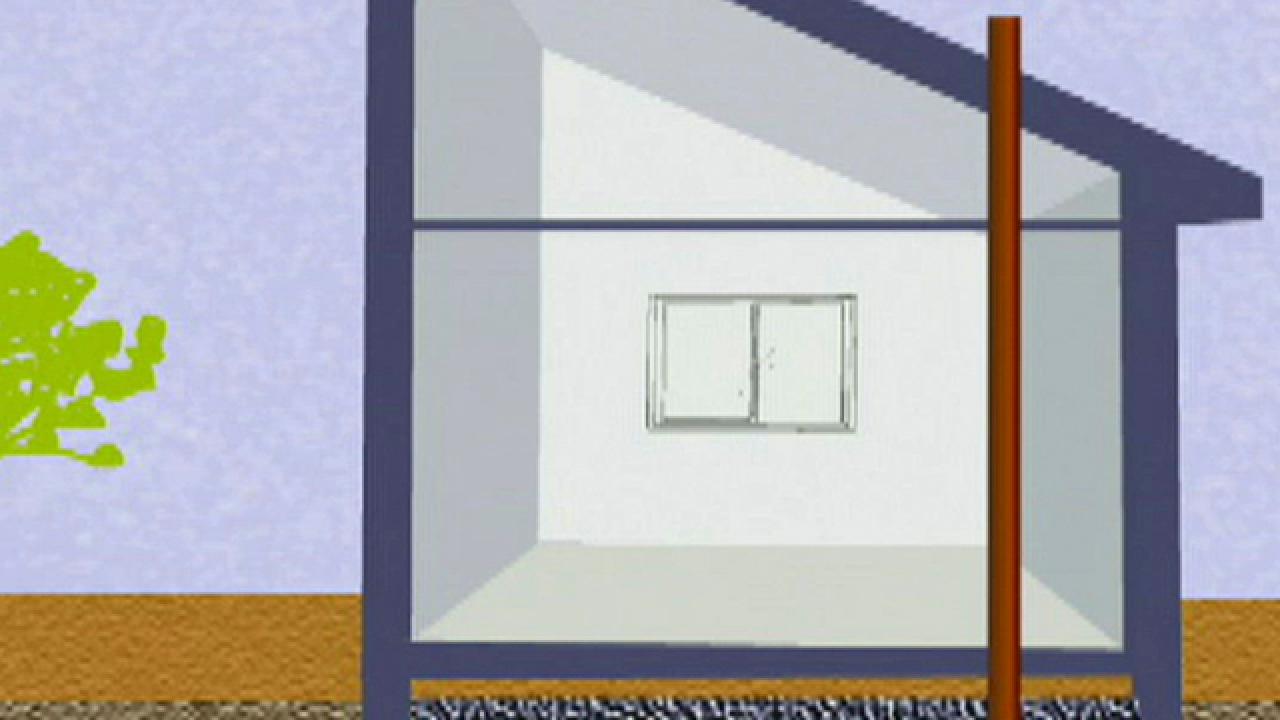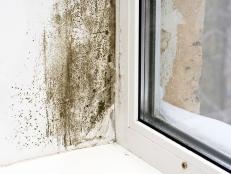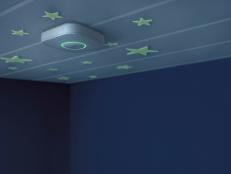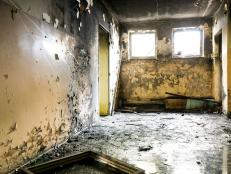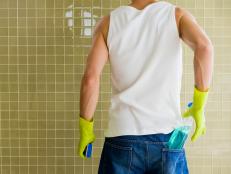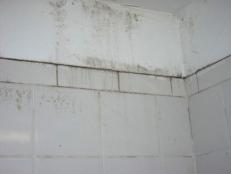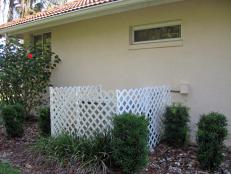Mitigating Radon in the Home

Odorless, tasteless and radioactive, radon gas is an issue to be taken seriously by both builders and homeowners. Radon is the second leading cause of lung cancer in the U.S. (after smoking) and chances are, wherever you build, it could be right under your feet.
Radon occurs naturally when uranium, present in most rocks and soils, starts to break down and release atomic particles. Once inhaled, these particles can be deposited in our lungs and can alter cell DNA, increasing the risk of lung cancer. Radon is all around us, but usually in such low levels that there is little risk. However, if radon is allowed to concentrate undisturbed it can quickly rise to dangerous levels.
Like most gases, radon is affected by air pressure. When a home's basement or foundation punctures the soil, it acts like a vacuum offering an area of lesser pressure, relative to the surrounding area. Radon then is literally sucked into the home through any cracks or gaps in the foundation. Once inside the home, a tight building envelope will help concentrate gas levels, and the homeowner is then vulnerable to long-term exposure.
The best practice for radon mitigation is active subslab depressurization. The goal is to capture and contain the radon before it enters the living space, then force the gas out of the home.
Steps for Creating an Active Subslab Depressurization System
- Install one or more perforated suction pipes in a layer of gravel beneath the slab. These pipes will collect the radon from the soil.
- Connect these suction pipes to one solid piece of pipe that extends from below the slab up through the roof. This pipe is used to carry the radon from the subslab out through the top of the home where it can be diluted in the atmosphere.
- Connect a radon vent fan to the suction pipe, usually in the attic. This fan will make the subslab depressurization "active" and will force the radon from the home.
In the past, builders and remodelers have relied on simple caulking to seal the foundation, passive vent pipes and natural ventilation to reduce radon in the home. These methods can't offer the same level of effectiveness as an active subslab depressurization system. Because of the health risks involved, builders should take an aggressive approach to radon mitigation by using the best practice of active subslab depressurization.
